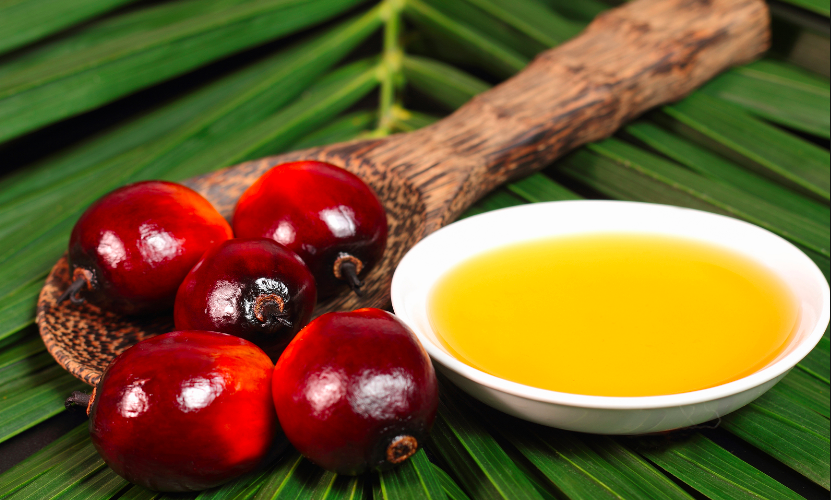Eating quality food with a mini-budget (ca. 15 CHF) is possible in Zurich – This post will bring you closer 5 food places in town – vegetarians included
Living in Switzerland makes you creative when it comes to dining out and keeping your costs under control. Especially in Zurich! I took the mission to find places where to get quality food for a small budget (under 15 CHF). I love to go out for dinner or lunch and I don’t love to limit myself in my food selection. Of course, for a special occasion, it can be a more sophisticated restaurant but sometimes it’s perfect to get something small for a convenient price. That is why I came up with this blogpost. By the way, get inspired for suggestions on my Zurich restaurant guide, here.
These suggestions include warm and cold menus.
5 places to get quality food under 15 CHF
Put put Japanese takeaway
This small takeaway offers good quality and price. All menus are prepared fresh. My suggestion at putput is their Gyudon or their Japanese veggie curry. It is located in Kreis 4, Stauffacherstrasse 101 (side street of Langstrasse).
Costs: start with CHF 11.5o to CHF15.50
Opening hours: Monday: 11:30 – 14:00, Tuesday – Friday: 11:30- 14:30 / 17:30 – 21:00, Saturday: 14:00 – 21:00
Palestine Grill – Lebanese Sandwich
Palestine Grill is perfect for a late-night snack after or before heading to dance at Langstrasse or for lunch if you are walking around that area. It’s located in Kreis 4 at Langstrasse 92. My absolute favourite sandwich here is the Sabich. It’s vegetarian and comes with fried eggplants, egg, and hummus if wished with french fries! The pita bread is super fresh.
Costs: start with CHF 11.5o for a Sabich.
Opening hours: Monday & Tuesday: 11:30 – 19:00, Wednesday:11:30 – 21:45, Thursday – Saturday: 11:30 – 22:00, Sunday closed
Piadina Bar in the old town of Niederdorf
Obviously, an Italian Food Spot can’t miss on my list. Piadina Bar is located in the heart of the Niederdorf. It is my favourite dish when it comes to authentic Italian delicacies for a fast lunch. It is a type of traditional flatbread found in Italy/Emilia Romagna usually. The bread is a thin dough prepared fresh at the counter. You can select of different vegetarian and meat products to stuff it. My favourite one is with eggplants, rucola and stracchino cream cheese. Get more of the location here in my review.
Costs: start with CHF 10.50
Opening hours: Monday – Saturday: 11:30 – 23:00, Sunday: 15:00 – 19:00
Il Pentagramma – Classic Italian Panino with Mortadella or more!
If you are into the food you perfectly know the difference between a piadina and a panino. I love this place because the owner transmits many Italian vibes. All ingredients she offers for the panini remind me of my childhood holidays in Italy. The one I absolutely recommend is with grilled veggies and mortadella. The panino is huge, so be hungry! The Pentagramma is practically located in a side street close to the mains station in Zurich at Josefstrasse 28.
Costs: start with 10.50 CHF
Opening hours: Monday – Friday, 09:00 – 15:00
Bridge Zurich- Pizz al taglio, a salad, some fresh cheese and a baguette?
Bridge Zurich is a spot in Europaallee where to find many local handcrafted products! There are many products for the small budget, too. I love to go there for a fresh Siri baguette and some cheese from their counter, either ricotta or even a delicious ham! Find some fresh pizza from Flour & Water on the upper floor. Their pizza base is easy to digest and prepared in the traditional artisanal way using fresh, healthy local ingredients. For a tasty dessert go for vegan ice cream or some here.
Costs: Products from Migros and many Swiss brands for every budget.
Opening hours: Monday – Saturday 09:00 to 22:00, Sunday closed







